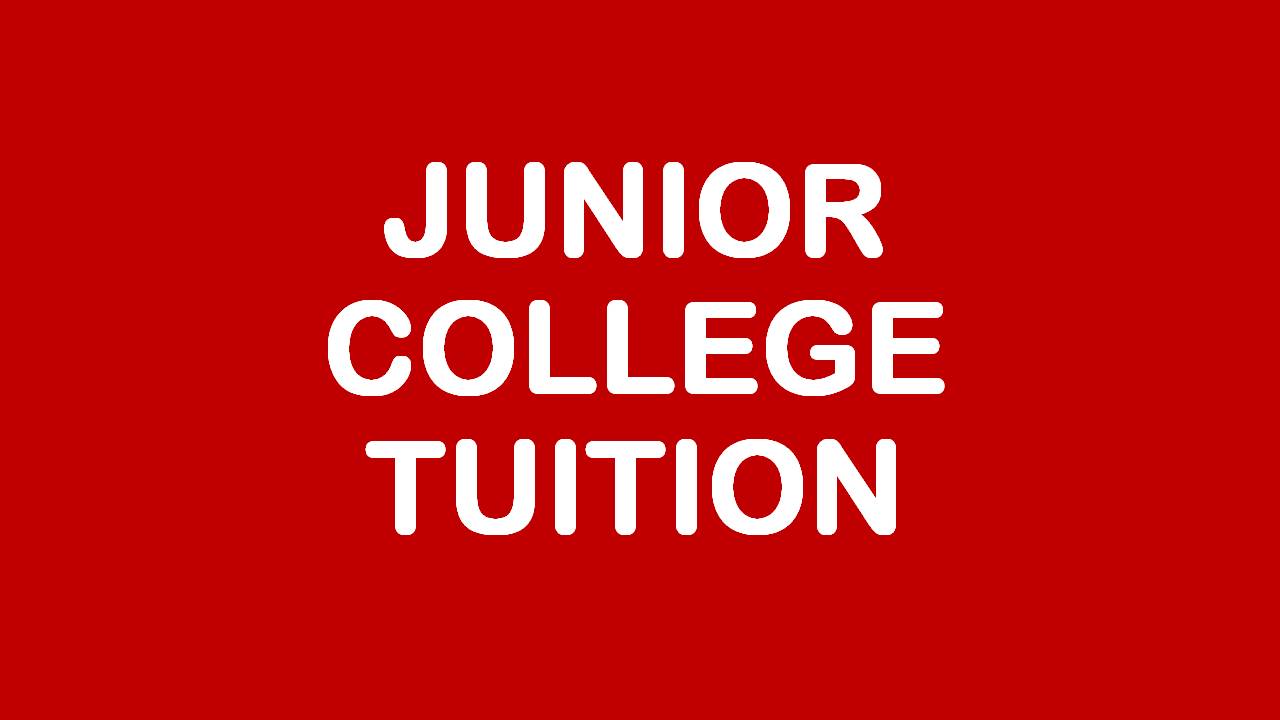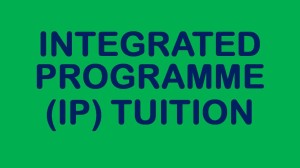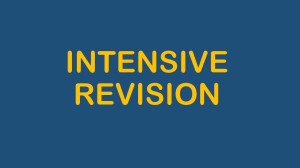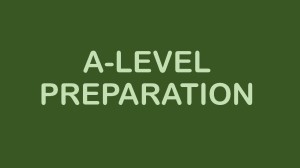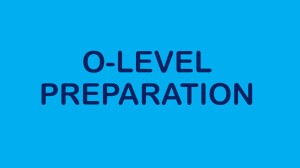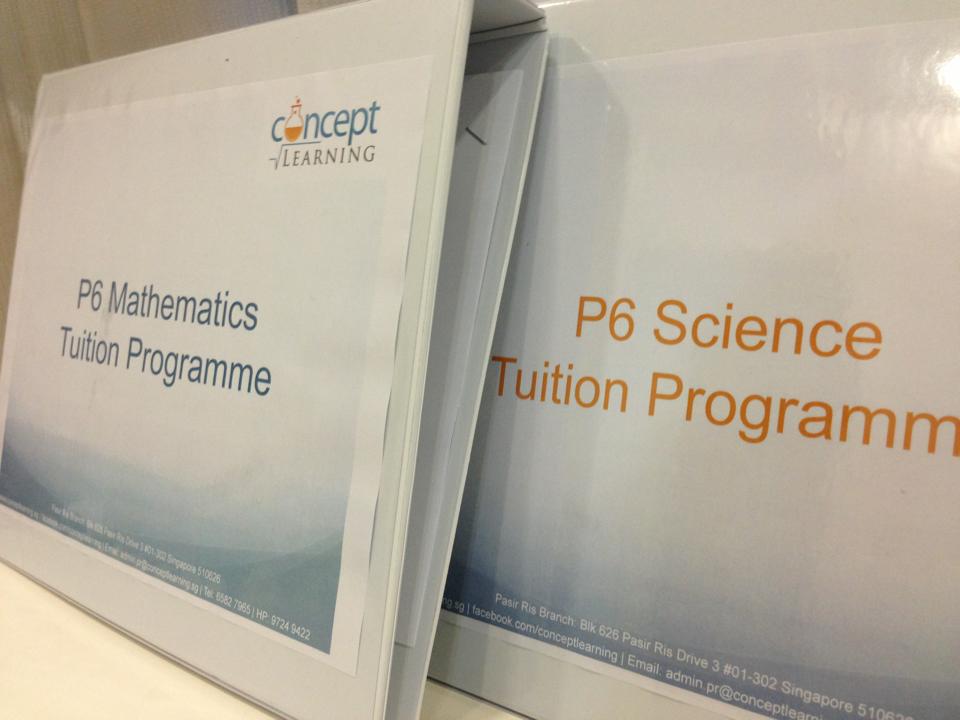PSLE Math
For students to master each topic in PSLE Math, I would recommend the following series of books, categorised into different difficulty levels:
High Achievers
1. Challenging Maths Made Easy: A step-by-step guide to the non-routine
Publisher: Marshall Cavendish Education; Author: Ammiel Wan Chee Hong
This is an old book first published in 2006 and as far as I know, it was the first attempt to give some kind of learning structure to PSLE Math problem sums. Instead of introducing problems by topics such as Fractions or Ratio, it divides PSLE Math problems into mathematical concepts such as Remainder Concept, Equal Concept etc. It has fully worked out solutions often showing both the Models method and Units method of solving a particular problem. However, it’s only for P6 students and the need for the same kind of guidance for the lower primary levels probably led to the creation of the Onsponge series below.
2. Conquer Problem Sums (Thinking Math@Onsponge)
Publisher: onSponge Pte Ltd; Authors: Ammiel Wan, Corine Quek, Chris Rogers.
The Onsponge set of books also teaches mathematical concepts such as the Remainder Concept, but organises its chapters by topics such as Whole Numbers, Fractions etc, in line with the primary math syllabus so that it would be easier for teachers and parents to use. The advantage is that it is more comprehensive than (1) as it covers all the math topics as well as all the primary levels. However, it has fully worked out solutions for some questions only, and if you want to focus on mastering only problem sums, then (1) would be better for you to complete.
Mid Achievers
1. Primary Six Mathematics Tutor
Publisher: Casco Publications Pte Ltd; Author: Lee-Ann Goh
Typical of the Mathematics Tutor series of books, this book has concise notes and many worked examples, and provides questions for all levels, from very easy to very difficult. It also has fully worked out solutions which students and parents can use for checking, marking and even learning.
2. Problem-Solving Processes in Mathematics (New Syllabus)
Publisher: Educational Publishing House Pte Ltd; Author: Fabian Ng
I use this book for my own children as a basic, comprehensive training ground for problem-solving. It provides a lot of questions in increasing difficulty. However, some of the methods used in its worked examples are either inefficient or hard to understand, and another downside of this book is that most of the answers provided at the back of the book are not full solutions.
Gradual Achievers
1. Diagnostic Practice in Maths
Publisher: Educational Publishing House Pte Ltd; Author: Peter Lim
2. PSLE Maths Drills
Publisher: Educational Publishing House Pte Ltd; Author: Sng Wei Hao
PSLE SCIENCE
For students to master each topic in PSLE Science, I would recommend the following series of books:
1. Science Practice (Primary 5 &6)
Publisher: Marshall Cavendish Education; Author: Winnie Peh
2.PSLE Ultimate Science Guide
Publisher: Educational Publishing House Pte Ltd; Authors: Low Wai Cheng, Leong May Kuen
_______________________________________
TUITION CLASSES:
_______________________________________________________________
EDUCATIONAL SERVICES:
______________________________________________________________
By EX-MOE TEACHERS & EXPERIENCED TUTORS
@ BLK 644, BUKIT BATOK CENTRAL, #01-68. S(650644).
CALL 65694897 OR SMS 98530744 OR 97860411.
P6 MATH & SCIENCE, June INTENSIVE REVISION For PSLE 2013
For our latest timetable, click here => 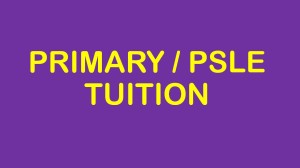
===============================================================
ORIGINAL POST(OUTDATED):
For enquires, pls call 97860411, or visit www.conceptlearning.sg
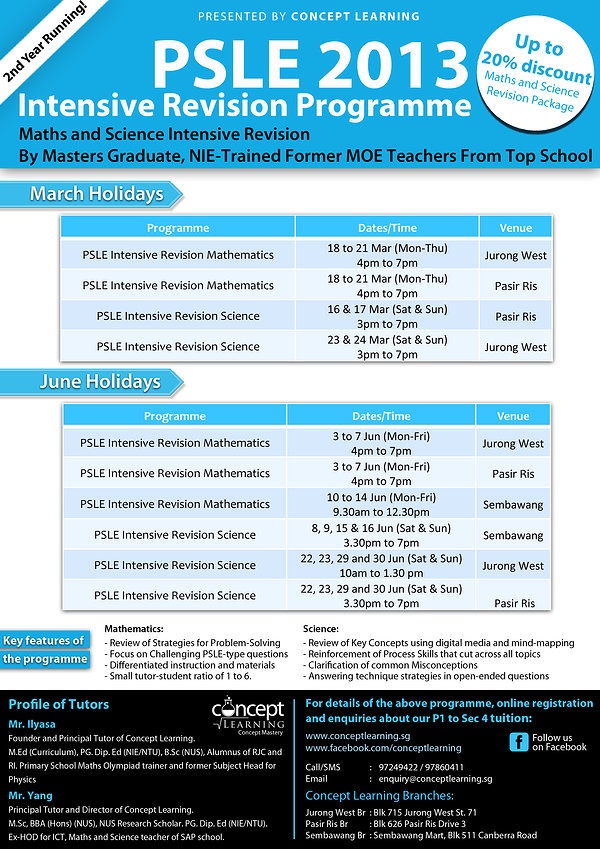
To register for classes at Concept Learning, click here.
The PSLE Intensive Revision in Mathematics is a 4/5-day intensive revision programme conducted during the upcoming March and June school holidays to prepare P6 pupils for the 2013 PSLE Mathematics Examination.
The objectives of the programme are as follows:
- Review of problem-solving strategies to conquer Challenging PSLE maths problems using the Conceptual Approach such as Advance Model Drawing, Remainder Concept (Branching), Repeated Identity, Equal Concept, Unchanged Total, Proportions Concept and Constant Difference. The strategies cuts across the major topics in PSLE such as fractions, ratio, percentage, decimals, measurement and numbers.
- Review and the reinforcement of key topics such as Percentage, Ratio, Fractions, Decimals, Algebra, Geometry, Area and Perimeter and Volume.
A former MOE school teacher, Mr Ilyasa has been coaching students in ‘A’ Level (H2/H1) Physics and (H2/H1) Mathematics for more than 7 years, as well as ‘O’ Level Physics, Additional Math, Math and PSLE Math for more than 10 years. An alumnus of RI and RJC, Mr Ilyasa holds a Bachelor of Science degree with Merit from the National University of Singapore, a Postgraduate Diploma in Education with Credit from the National Institute of Education, Singapore, and a Master of Education (Curriculum & Teaching) degree also from the NIE, Singapore.
An important PSLE math concept to understand (Part 1)
Let me share with you a difficult concept normally tested in P5 or P6 Math. I’m not sure if it has a name. It makes use of the concept of difference between two values but it’s not the same as the Constant Difference concept, which refers to the idea of a particular difference between two values being the same despite making changes to other quantities. The concept that I’m about to introduce actually makes use of TWO differences, the difference between individual values and the difference in their total values. Quite a number of tough P6 qns are actually testing whether students know that there is a relationship between the difference between two individual values and the difference in their total values.
I think this is best explained without any unknown values. Let’s say a pencil costs $1 and a pen costs $1.50. The difference in their values is $0.50 right? Let’s call this the Individual Difference. Let’s say you purchase 10 of each, costing a total of $10 and $15 respectively. The difference in their total values is $5 right? Let’s call this the Total Difference. Is there a relationship between the Individual Difference (ID) and the Total Difference (TD)? Yes. Notice that if TD is divided by ID (5 / 0.50), what you’ll get is 10, which is the number of each item you purchased. If this is easy for you to understand, it is likely because all values are known and you were working forwards to find the total difference, and not working backwards to find the number of each item bought.
Let me now show you how a typical P6 question looks like:
John bought an equal number of pens and pencils. Each pencil costs 50 cents less than a pen. John paid a total of $5 more for the pens than for the pencils. How many pencils did John buy? (using TD/ID, the answer is 10. but notice how intriguing the question has become?)
Please also realise that the concepts of ratio, decimals, fractions and percentages are all related and interchangeable. So let’s make the above question harder:
John bought some pens and pencils. The ratio of the number of pencils he bought to the number of pens is 1:1. Each pencil costs $1 and each pen costs 50% more than a pencil. John paid a total of $5 less for the pencils than for the pens. What is the total number of pens and pencils that John bought? (answer: 20)
Another way of looking at the above problem is to see that since each pencil costs 50 cents less than each pen, it must have taken 10 of them to be a total of $5 less than the SAME quantity of pens.
Rgds,
Ilyasa,
Founder, Singapore Learner; Director, Concept Learning Pte Ltd
Related links:
(1) Challenging PSLE Math Programme for Medium to High Ability Students
(2) P6 MATH & SCIENCE, March & June INTENSIVE REVISION For PSLE 2013
===============================================================
For our latest timetable, click here => 
Challenging PSLE Math Programme for Medium to High Ability Students
For our latest timetable, click here => 
===============================================================
ORIGINAL POST(OUTDATED):
After conducting the PSLE Math Intensive Revision workshop during the recent March holidays, where I taught a wonderful group of students some of the more difficult concepts found in PSLE Math as well as metacognitive approaches to problem solving, some parents have asked me to continue conducting a weekly challenging PSLE math programme, as the next PSLE Math Intensive Revision in June is too far away.
For this challenging math program, I will be teaching students the more difficult concepts necessary to excel in PSLE Math, as well as the strategies and heuristics commonly employed to solve them. I will also be exposing students to P6 Math Olympiad questions as some of the most difficult PSLE Math questions are modified Primary Math Olympiad questions. Details of the weekly programme are as follows:
Level/Subject: PSLE Challenging Math
Day/Time: Every Saturday, 9.00 am to 10.30 am ( 1.5 hrs)
Location: Blk 627 Bukit Batok Central #07-640
Focus: Difficult Concepts, Strategies, Heuristics, Olympiad
Fees: $150 for every four sessions.
Class Size: 2 to 8 students.
Tutor: Mr Ilyasa; M.Ed (NIE), PGDE (NIE), BSc (NUS), Ex-RI/RJC; ex-sch teacher, full-time tutor of PSLE, O and A Level Math and Physics. (h/p: 97860411)
A former secondary school Physics teacher, Mr Ilyasa has been coaching students in ‘A’ Level (H2/H1) Physics and (H2/H1) Mathematics for more than 7 years, as well as ‘O’ Level Physics, Additional Math, Math and PSLE Math for more than 10 years. An alumnus of RI and RJC, Mr Ilyasa holds a Bachelor of Science degree with Merit from the National University of Singapore, a Postgraduate Diploma in Education with Credit from the National Institute of Education, Singapore, and a Master of Education (Curriculum & Teaching) degree also from the NIE, Singapore.
To register, kindly call or send an sms to 97860411.
New PSLE / P6 Math class every Thursday 5.45 to 7.15pm
For our latest timetable, click here => 
===============================================================
ORIGINAL POST(OUTDATED):
Level/Subject: PSLE / P6 Math
Day/Time: Every Thursday, 5.45pm to 7.15pm
Location: Blk 627, Bt Batok Central
Focus: Metacognitive learning and problem-solving using Concept Learning’s worksheets plus additional materials.
Fee: $120 per month (To Register, call or sms to 97860411)
Tutor: Mr Ilyasa
A former MOE school teacher, Mr Ilyasa has been coaching students in ‘A’ Level (H2/H1) Physics and (H2/H1) Mathematics for more than 7 years, as well as ‘O’ Level Physics, Additional Math, Math and PSLE Math for more than 10 years. An alumnus of RI and RJC, Mr Ilyasa holds a Bachelor of Science degree with Merit from the National University of Singapore, a Postgraduate Diploma in Education with Credit from the National Institute of Education, Singapore, and a Master of Education (Curriculum & Teaching) degree also from the NIE, Singapore.
Interested in PSLE Math & Science Intensive Revision during Mar and June holidays? Click here.
Improvement in a student’s math result …
Daniel, one of A. Math tutees, showed me his class test result yesterday: 34/40. The test was on Indices and Surds, Wow, excellent, I said to him. Daniel is from the N(A) stream, and usually fails his Math tests. That he could obtain 34/40 and top his class in just a few weeks of tuition was phenomenal. So I started reflecting on what went right, because there are many students, even those from top schools, who do not make such a giant leap in such a short amount of time.
So what was the major factor contributing to Daniel’s significant improvement? Well, it’s not some secret special technique. In fact, it’s a well-known technique that some students just don’t want to use – ask many, many questions, even “silly” ones, about the same topic until one is satisfied that understanding has been achieved. Daniel even questions me when he doesn’t understand the steps I show him, whereas many students simply copy or write down my solution. Daniel sometimes takes a while to process the information I give to him; he will pause and ponder, and then sheepishly asks a basic question. He will even ask questions periodically to affirm that his steps are correct.
Students need to make meaning out of what they hear or see; it’s not enough to just listen to teachers or observe what they do in class. And you make meaning when you have a dissonance in your mind; some pieces of the jigsaw puzzle don’t fit and you have the courage to ask and then ponder again.
Regarding asking questions, I have one advice though: you must attempt to answer your own questions first, for the struggle to answer your own questions will make it easier for you to understand another person’s explanation. : )
Good luck!
Rgds,
Ilyasa
“Models (drawing of) destroyed my life.” – Sec 3 Math student
I laughed when he said it. But it’s a significant statement by my Sec 3 Math student made two days ago. It’s something I’ve been warning parents and students about, in my earlier article Beware the Critical Years in Math.
This Sec 3 Math tutee is from a top government secondary school in the west. Being mathematically intelligent, he had found it easy to use models-drawing to solve PSLE Math problems. But he had a hard time coping with Algebra in Sec 1 and Sec 2, and it’s affecting both his Math and A. Math performance now. This situation is not unique to him.
The best years of learning by your brain is probably from the time you were born to just before your teenagehood. Singaporeans around my age or older were taught to use algebraic equations to solve math problems at the PSLE back then. I remember using simultaneous equations in 1984 to solve today’s “guess & check” problems in the PSLE. Thus our algebraic skills were good and it helped us, even those who didn’t do well at the PSLE, in doing O-Level and A-Level Math.
Algebra is SO important for Math at O-level and A-level, yet our dear MOE chooses not to introduce it for problem-solving in today’s PSLE. I still don’t understand why.
It is true that some young students may not be able to understand Algebra, due to it being very abstract. But it is also true that some young students are not visually or spatially intelligent enough to draw, cut and move rectangles to solve problems. For eg, what has rectangles got to do with mass or age? (you know, those problems involving age relationships between persons or mass relationships between objects). Using rectangles or boxes to represent age or mass is just as ridiculous or abstract as using letters such as ‘x’ and ‘y’ as in algebra.
The least the MOE should do is to allow the teaching of BOTH methods to solve problems. Since those boxes start appearing in P2 or P3, algebraic expressions should also be introduced at P2 or P3, algebraic expansion in P4, algebraic factorisation in P5, and algebraic equations in P6. Sec 1 students can straightaway start on algebraic fractions etc. Do we lose anything by introducing algebra earlier in our math curriculum?
I’m glad I started my Sec 1 Algebra course for post-PSLE students in Nov and Dec last year (see Sec 1 Algebra Headstart Holiday Enrichment Programme for post-PSLE students). I think students still don’t realise how ill-prepared they are for math in sec school and JC. I dare say that if you are weak in your S1 and S2 algebra, you don’t have to take Math anymore.
Good Luck.
Rgds,
Ilyasa
(M.Ed., PGDE, B.Sc, ex-teacher, full-time tutor: 97860411)
_______________________________________
TUITION CLASSES:
_______________________________________________________________
EDUCATIONAL SERVICES:
______________________________________________________________
By EX-MOE TEACHERS & EXPERIENCED TUTORS
@ BLK 644, BUKIT BATOK CENTRAL, #01-68. S(650644).
CALL 65694897 OR SMS 98530744 OR 97860411.
P6 (PSLE) Math & Science Tuition at Concept Learning
_______________________________________
TUITION CLASSES:
_______________________________________________________________
EDUCATIONAL SERVICES:
______________________________________________________________
By EX-MOE TEACHERS & EXPERIENCED TUTORS
@ BLK 644, BUKIT BATOK CENTRAL, #01-68. S(650644).
CALL 65694897 OR SMS 98530744 OR 97860411.
For more details, kindly visit www.conceptlearning.sg, or call 97860411.
List of ‘Top’ Secondary Schools (2012) in Singapore by Cut-Off PSLE aggregate score (2011)
| Name of School | PSLE Cut-Off Score |
| NANYANG GIRLS’ HIGH SCHOOL | 262 |
| RAFFLES GIRLS’ SCHOOL (SECONDARY) | 261 |
| RAFFLES INSTITUTION | 261 |
| HWA CHONG INSTITUTION | 258 |
| NATIONAL JUNIOR COLLEGE | 258 |
| DUNMAN HIGH SCHOOL | 256 |
| RIVER VALLEY HIGH SCHOOL | 254 |
| METHODIST GIRLS’ SCHOOL (SECONDARY) | 250 |
| CEDAR GIRLS’ SECONDARY SCHOOL | 249 |
| CHIJ ST. NICHOLAS GIRLS’ SCHOOL | 249 |
| CATHOLIC HIGH SCHOOL | 248 |
| SINGAPORE CHINESE GIRLS’ SCHOOL | 248 |
| ANGLO-CHINESE SCHOOL (INDEPENDENT) | 247 |
| VICTORIA SCHOOL | 247 |
| BUKIT PANJANG GOVT. HIGH SCHOOL | 244 |
| ANGLICAN HIGH SCHOOL | 243 |
| CRESCENT GIRLS’ SCHOOL | 243 |
| NAN HUA HIGH SCHOOL | 243 |
| ST. JOSEPH’S INSTITUTION | 242 |
| CHUNG CHENG HIGH SCHOOL (MAIN) | 237 |
Related Links:
LATEST! :
(A) List of ‘Top’ Secondary Schools (2013) in Singapore by Cut-Off PSLE aggregate score (2012)
(B) Post-PSLE Math Enrichment: Sec 1 Arithmetic & Algebra (24 Nov & 1 Dec)
(C) WHAT FACTORS TO CONSIDER WHEN CHOOSING A SECONDARY SCHOOL
(1) List of ‘Top’ Secondary Schools (2012) in Singapore by median PSLE aggregate score (2011)
(2) List of ‘Top’ Primary Schools (2012) based on GEP classes and Awards achieved.
(4) List of ‘Top’ Courses of Polytechnics (2012) in Singapore by net Cut-Off ELR2B2 aggregate
*To find out important details of a particular school, click on School Information Service.
If you are already in these schools, don’t be arrogant, don’t be complacent; you still need to study hard and intelligently. Good luck. : )
Ilyasa, M.Ed., PGDE, full-time tutor of Math & Physics (h/p: 97860411)
Related link: Beware the critical years in math education in Singapore …
_______________________________________
TUITION CLASSES:
EDUCATIONAL SERVICES:
By EX-MOE TEACHERS & EXPERIENCED TUTORS
@ BLK 644, BUKIT BATOK CENTRAL, #01-68. S(650644).
CALL 65694897 OR SMS 98530744 OR 97860411.
List of ‘Top’ Secondary Schools (2012) in Singapore by Median PSLE aggregate score (2011) of their Sec 1 cohort
For our latest timetable, click here => 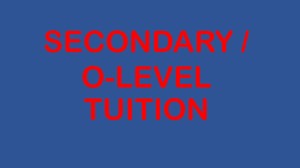
=============================================================
ORIGINAL POST (OUTDATED):
Related links:
O-LEVEL | SEC | PHYSICS TUITION
O-LEVEL | SEC | A. MATH TUITION
O-LEVEL | SEC 1-4 | MATH TUITION
O-LEVEL | SEC | CHEMISTRY TUITION
O-LEVEL | SEC 1-4 | ENGLISH TUITION
O-LEVEL | SEC 1-4 | MALAY LANGUAGE TUITION
———————————————————————————————————–
[I] = Independent; [A] = Autonomous; [SAP] = Special Assistance Plan; [IP] = Integrated Programme.
NAME OF SCHOOL (Median Aggregate Score available in 2011) [Type of School]
Nanyang Girls’ High (266)[I, SAP, IP]
Raffles Girls’ Sec (265)[I, IP]
Raffles Institution (264)[I, IP]
Hwa Chong Institution (261)[I, SAP, IP]
Dunman High (259)[A, SAP, IP]
National Junior College (259)[IP]
River Valley High (257)[A, SAP, IP]
Methodist Girls’ (254) [I,IP]
Cedar Girls’ Sec (253)[A, IP]
Catholic High (252)[IP, A, SAP]
CHIJ St. Nicholas Girls’ (252)[IP, A, SAP]
Anglo-Chinese (Independent) (252)[I, IP]
Singapore Chinese Girls’ (252)[I,IP]
Victoria (251)[A, IP]
Anderson Sec (248)[A]
Anglican High (247)[A, SAP]
Nan Hua High (247)[A, SAP]
Bukit Panjang Government High (247)[A]
Crescent Girls’ (246)[A]
St. Joseph’s Institution (245)[I,IP]
CHIJ Sec (Toa Payoh) (243)[A]
Chung Cheng High (Main) (241)[A, SAP]
Nan Chiau High (241)[SAP]
St. Margaret’s Sec (241) [A]
Tanjong Katong Girls’ (240)[A]
Xinmin Sec (240)[A]
Commonwealth Sec (239)[A]
Fairfield Methodist School (Secondary) (239) [A]
Yishun Town (239) [A]
Swiss Cottage Sec (238)
Related Links:
LATEST! :
(A) List of ‘Top’ Secondary Schools (2013) in Singapore by Cut-Off PSLE aggregate score (2012)
(B) Post-PSLE Math Enrichment: Sec 1 Arithmetic & Algebra (24 Nov & 1 Dec)
(C) WHAT FACTORS TO CONSIDER WHEN CHOOSING A SECONDARY SCHOOL
(1) List of ‘Top’ Secondary Schools (2012) in Singapore by cut-off PSLE aggregate score (2011)
(2) List of ‘Top’ Primary Schools (2012) based on GEP classes and Awards achieved.
(3) List of ‘Top’ Courses of Polytechnics (2012) in Singapore by net Cut-Off ELR2B2 aggregate
*To find out important details of a particular school, click on School Information Service.
If you are already in these schools, don’t be arrogant, don’t be complacent; you still need to study hard and intelligently. Good luck. : )
Ilyasa, M.Ed., PGDE, full-time tutor of Math & Physics (h/p: 97860411)
Related link: Beware the critical years in math education in Singapore …
